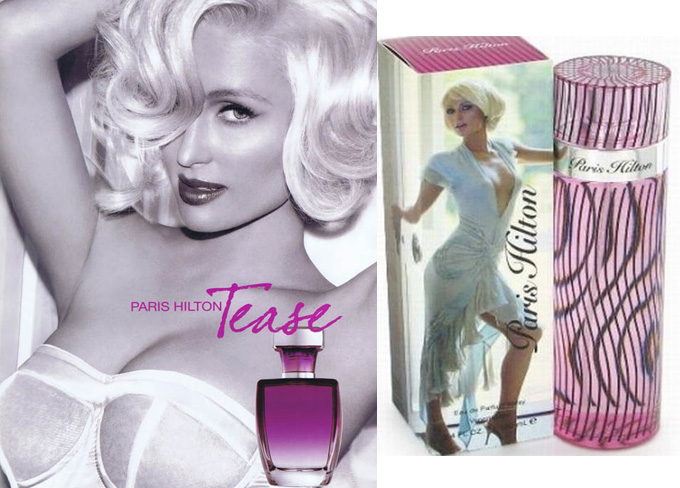The Scent of a Lie

The perfume and cologne business rake in a cool $30 billion yearly. The fragrance industry knows just how to advertise and target its consumers. It’s hard to believe but many people buy a fragrance just because of a celebrity association to the brand and they’ll pay $150 for a small bottle to smell like that celebrity. The names of these perfumes and colognes are as pretentious as the ingredients are superficial.
While a woman buys a high end perfume to smell like a rose, is she aware that the majority of the liquid she sprays onto her delicate skin is 95% alcohol with a dash of foul chemicals? Does she (or he) question why there is no ingredient list found on the bottle? “Oh, it’s just because they don’t want to reveal their secret blend.” You got that right because then you’d find out about phthalates. Scientists have shown that phthalates can damage the female reproductive system, but it is the male reproductive system that appears to be more sensitive. Phthalate exposures damage the testes, prostate gland, epididymis, penis, and seminal vesicles in laboratory animals. So while a woman may desire to have her man smell like a wooded forest on a dewy morning in Switzerland, she risks damages to his most precious wood.
That Instinct will soon be gone Becky

What power is that half-buck?

Man no longer, eh!

Inverse what?

In Heat? Not for long


What power is that half-buck?

Man no longer, eh!

Inverse what?

In Heat? Not for long

Phthalates are not the only toxic or suspect ingredients found in mainstream perfumes and fragrances. According to Richard H. Conrad, Ph.D., author of "Perfume Expose," the synthetic fragrances used in cosmetics may contain hundreds of chemicals. There is no way to know what they are, since on the label it will simply say, "Fragrance." 95% of chemicals used in fragrances are synthetic compounds derived from petroleum. They include benzene derivatives, aldehydes and many other known toxics and sensitizers - capable of causing cancer, birth defects, central nervous system disorders, allergic reactions and more. An FDA analysis (1968-1972) of 138 compounds used in cosmetics that most frequently involved adverse reactions, identified five chemicals (alpha-terpineol, benzyl acetate, benzyl alcohol, limonene and linalool) that are among the 20 most commonly used in fragrance products tested by the EPA in 1991! All of this is known yet the FDA decides to ban vitamins instead.
Pulse, You’ll be lucky to have one


Wake up people! Question. Read Labels. Research the products you buy! Stop supporting those who are making you sick, needlessly! The base of all perfume and cologne is natural essential oils. It is unnecessary to add alcohol, toxins and fillers, yet they do it and justify it with weak reasoning.
Dare to wear. Got that right! Russian roulette


Instead, choose from the many independent natural perfume oil companies available. These small, independent owned companies use a blend of natural essential oils to create a multitude of beautiful, pleasing scents for men and women. If you want to smell like a lily in the valley of the Garden of Eden, you can! I’d like to recommend a company called Nantucket Oils in Massachusetts. Their website is nantucketnaturaloils.com. This company has created natural versions of almost all the designer perfumes and colognes on the market. None of their products contain alcohol or chemicals, just the good stuff and the price is fair. You can also create your own unique fragrant blend. Unlike perfumes with fillers added, pure perfume oils keep their fragrance year after year.
Support the small guys making quality products that are not only safe and pleasing for you but for the environment as well. Let’s support true quality and craftsmanship, not huge corporations who poison our bodies and our planet.
Does this make more sense now?


Are you brave enough to try it?



Spay that cat








It’s an old tradition - back then it was the "real stuff" - real natural ingredients

This is an interesting movie
Perfume - The Story Of A Murderer

Perfume - The Story Of A Murderer

More health articles






















